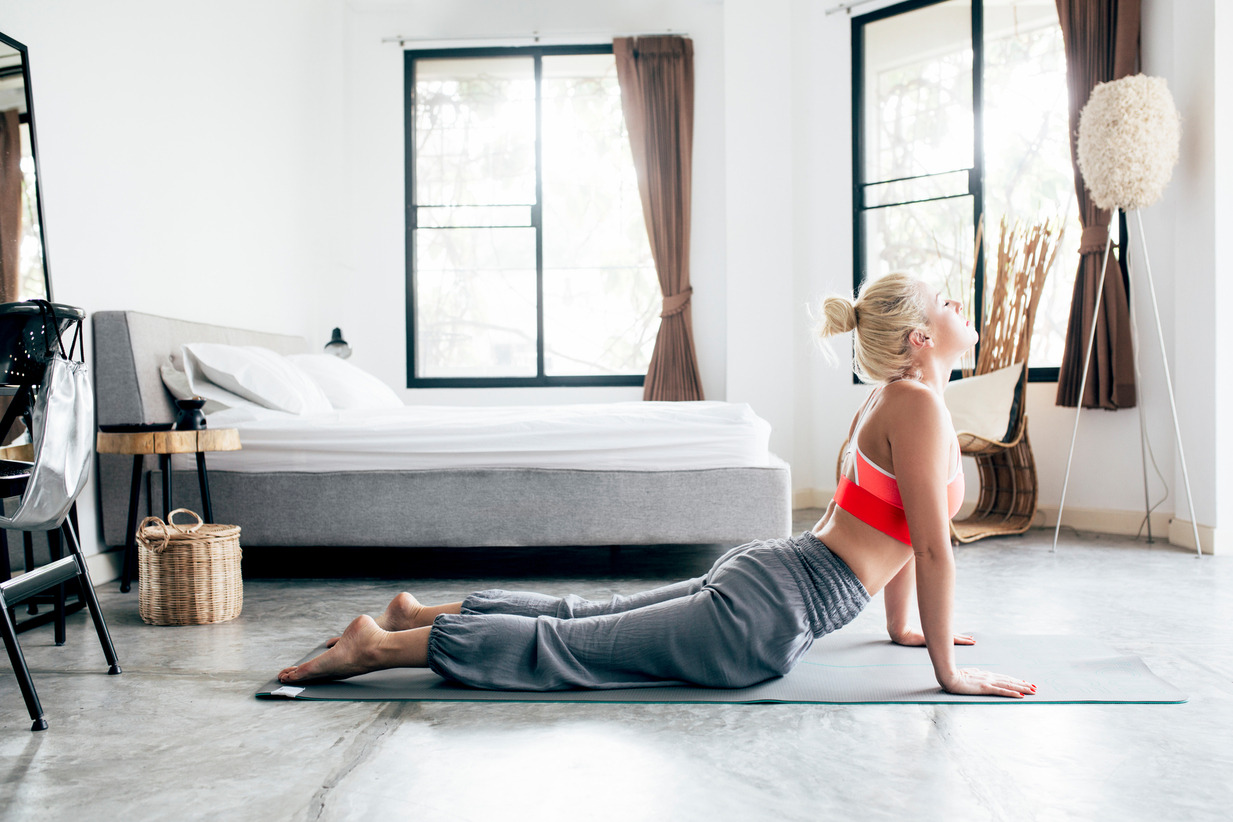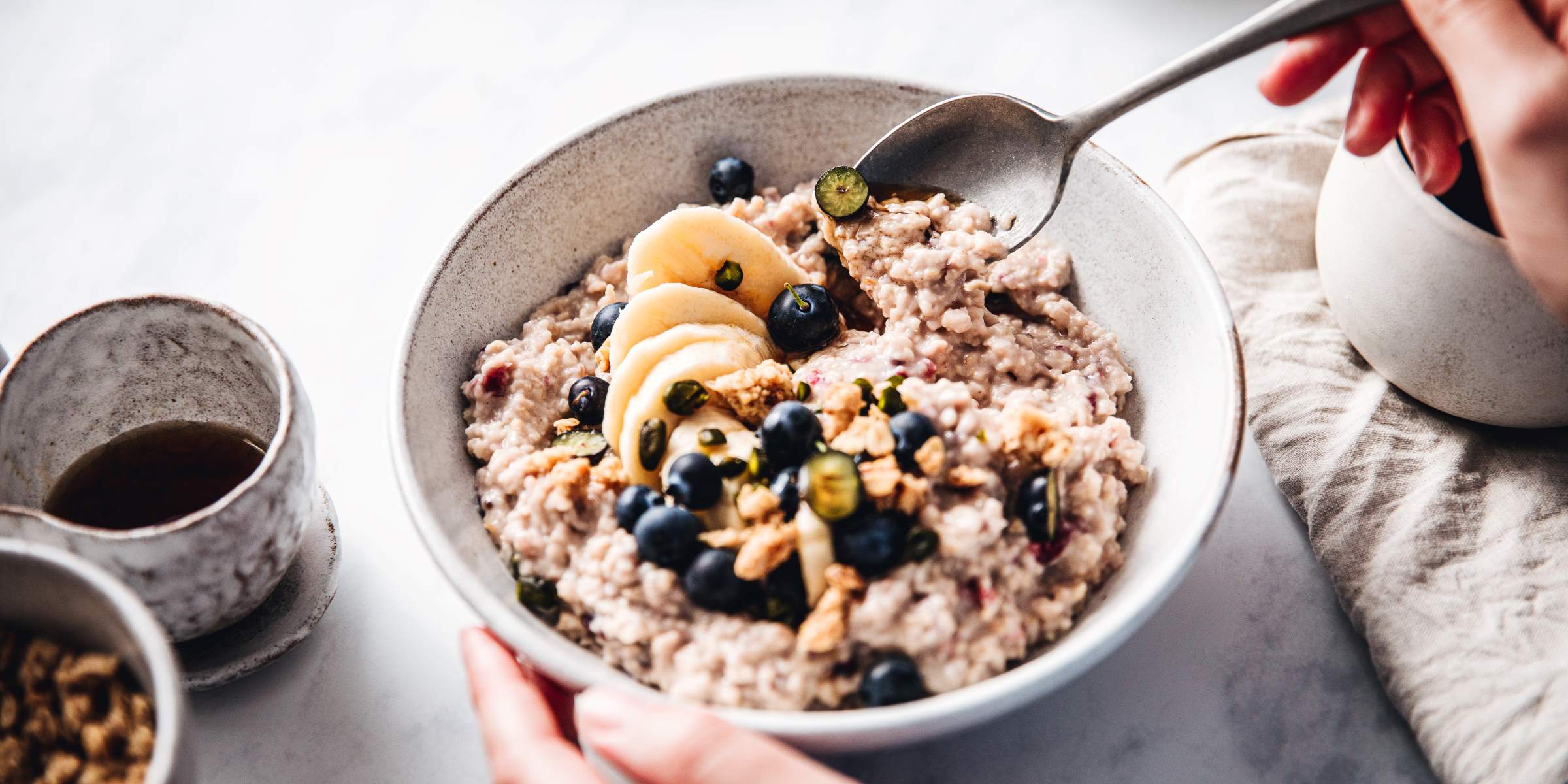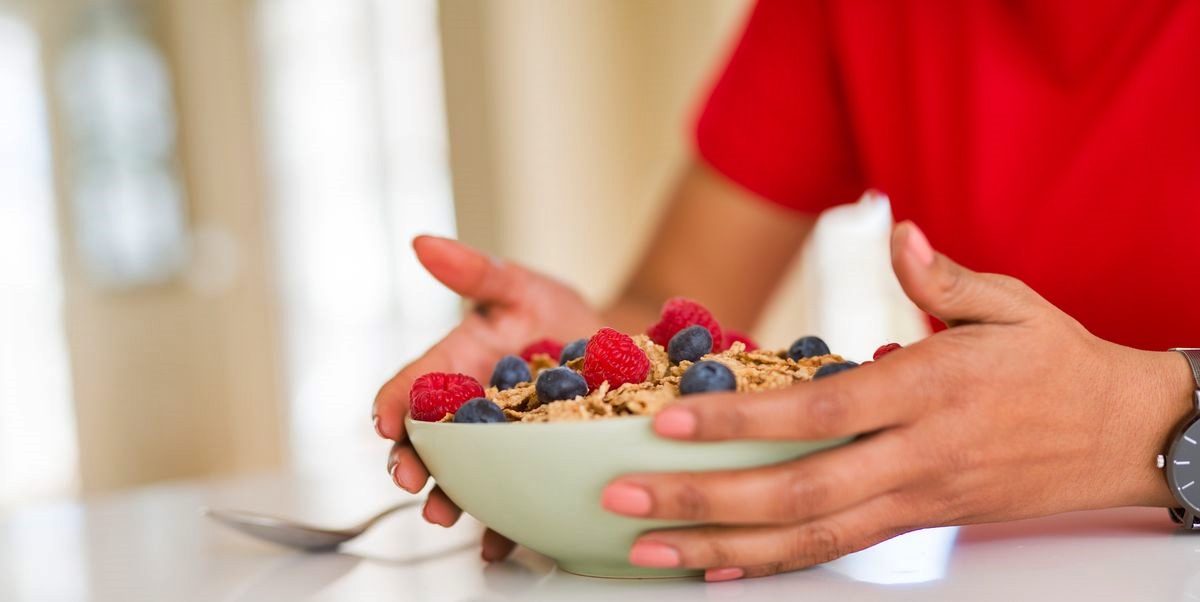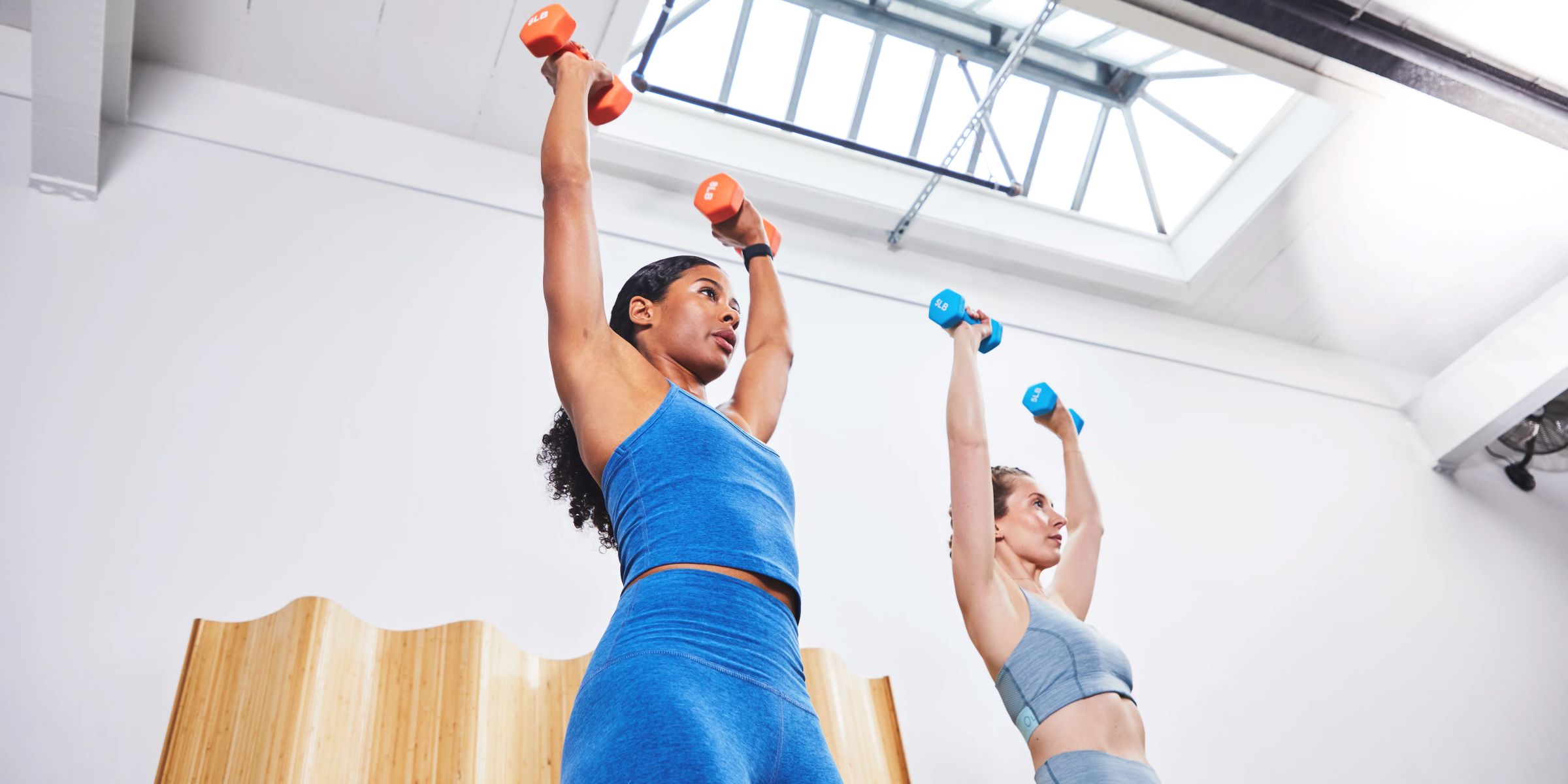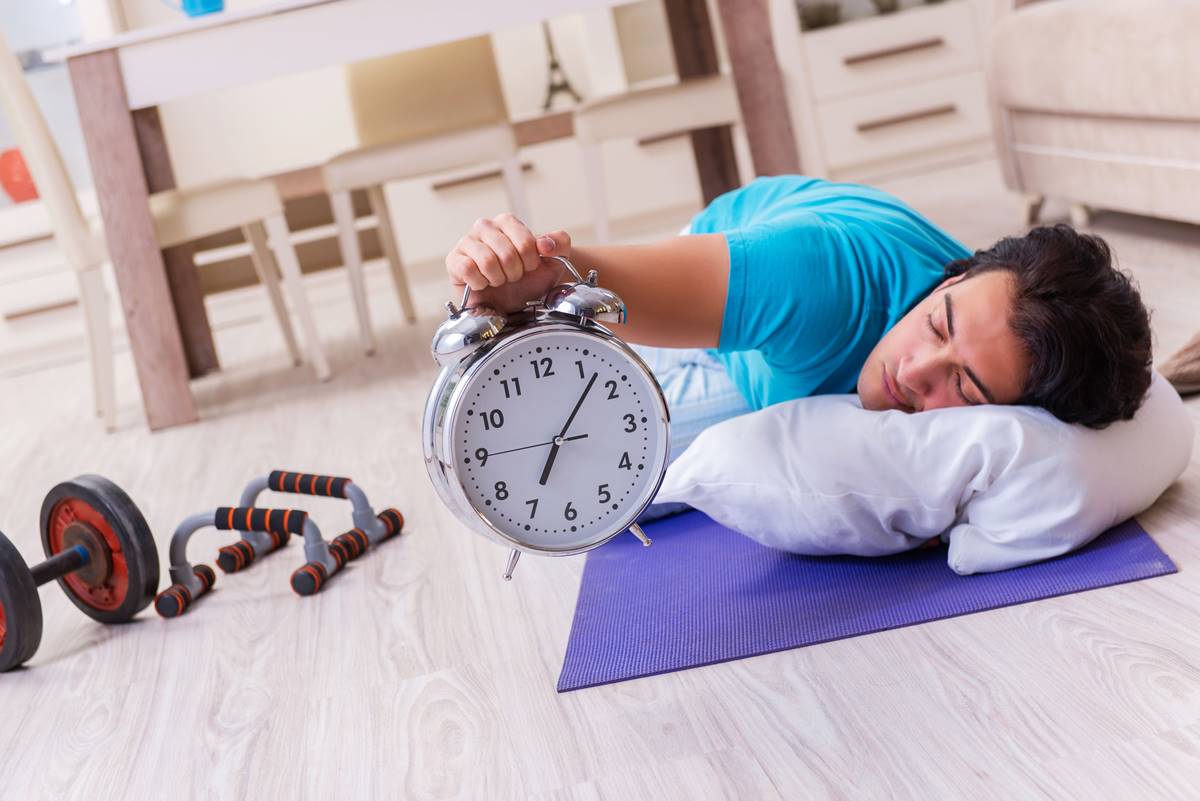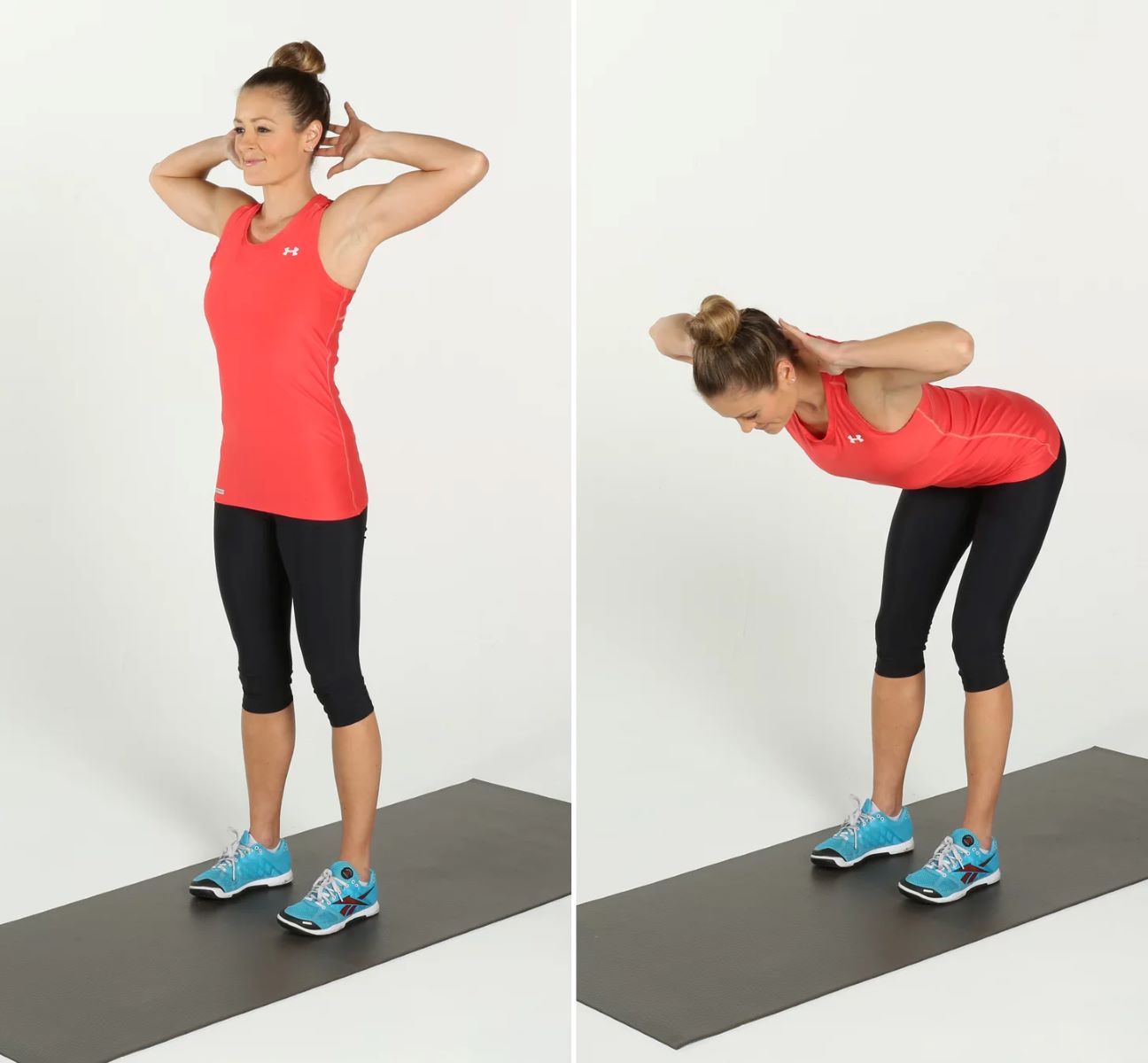

Featured
What Are Good Mornings Workout
Modified: August 19, 2023
Discover the benefits of adding a featured workout like Good Mornings to your fitness routine. Strengthen your posterior chain and improve overall strength with this effective exercise.
Introduction
Welcome to the world of fitness, where we are constantly on the lookout for effective exercises to strengthen and tone our muscles. One exercise that deserves your attention is the Good Mornings workout. Don’t worry, we’re not talking about greeting someone with a smile every morning (although that’s always a good idea!). Good Mornings is actually a fantastic exercise that targets your posterior chain, including your glutes, hamstrings, and lower back.
What sets the Good Mornings workout apart from other exercises is its ability to build strength and flexibility simultaneously. It engages multiple muscle groups, making it a time-efficient and effective exercise option. Whether you’re an athlete, a fitness enthusiast, or someone looking to add variety to their workout routine, incorporating Good Mornings can provide numerous benefits.
Before we dive into the benefits, proper form, and variations of the exercise, it’s important to note that Good Mornings should be done with caution and under the guidance of a qualified fitness professional if you’re a beginner. As with any exercise, it’s essential to prioritize safety and listen to your body.
Now, let’s explore the many advantages that the Good Mornings workout has to offer.
Benefits of Good Mornings Workout
The Good Mornings workout offers a range of benefits that can improve your overall fitness and performance. Let’s take a closer look at some of these benefits:
- Strengthens the posterior chain: The Good Mornings exercise primarily targets your glutes, hamstrings, and lower back. By regularly incorporating this exercise into your routine, you can significantly strengthen these muscles, leading to improved stability, power, and overall lower body strength.
- Improves posture: The Good Mornings exercise can help you correct and maintain proper posture. It targets the muscles responsible for maintaining an upright posture, particularly the erector spinae muscles in your lower back. With a stronger back, you’ll be less prone to slouching and can alleviate back pain associated with poor posture.
- Enhances hip mobility: Good Mornings require a considerable range of motion in your hips as you perform the exercise. By regularly practicing this movement, you can improve hip flexibility and mobility, which can translate into improved athletic performance and reduced risk of hip-related injuries.
- Boosts athletic performance: The Good Mornings workout targets the posterior chain, which is crucial for many athletic movements like sprinting, jumping, and lifting. By strengthening these muscles, you can improve your power output, speed, and explosiveness, leading to enhanced athletic performance across various sports and activities.
- Prevents injuries: A strong posterior chain, including the glutes and hamstrings, plays a vital role in stabilizing the lower back and preventing injuries. By incorporating Good Mornings into your routine, you can strengthen these muscles and improve their ability to support and protect the lower back, reducing the risk of injuries during other exercises or daily activities.
These are just a few of the many benefits that the Good Mornings workout can provide. As you can see, this exercise is not only effective for building strength but also for improving posture, mobility, and overall athletic performance. Now, let’s move on to understanding the proper form and technique for performing Good Mornings.
Proper Form and Technique
Performing the Good Mornings exercise with proper form and technique is crucial to maximize its benefits and minimize the risk of injury. Here’s a step-by-step guide on how to properly execute the exercise:
- Starting position: Begin by standing with your feet shoulder-width apart and your toes pointing slightly outward. Place a barbell across your upper back, resting it on your trapezius muscles. You can also use a resistance band or hold dumbbells in each hand if a barbell is not available.
- Engage your core: Before initiating the movement, engage your core muscles by gently pulling your belly button towards your spine. This will help stabilize your torso throughout the exercise.
- Hinge at your hips: While keeping your back straight, start the movement by hinging at your hips and pushing your hips backward. Imagine you’re trying to touch your glutes to a wall behind you. Maintain a slight bend in your knees.
- Lower your torso: As you hinge at your hips, lower your torso towards the floor while maintaining a neutral spine. Keep your chest lifted and your gaze forward to avoid rounding your back.
- Pause and return: Once you feel a stretch in your hamstrings or when your torso is parallel to the floor, pause briefly. Then, engage your glutes and hamstrings to reverse the movement and return to the starting position.
- Repeat: Aim for 8-12 repetitions of the exercise, gradually increasing the weight or difficulty level as you become more comfortable and confident with the proper form and technique.
Remember to always prioritize proper form over the amount of weight you’re lifting. It’s better to perform the exercise with lighter weight or no weight at all if it allows you to maintain proper technique. Additionally, warm up your muscles before performing Good Mornings and stretch afterwards to prevent muscle tightness and promote recovery.
Now that you’re familiar with the proper form and technique of the Good Mornings exercise, let’s explore some variations that can add variety to your workouts.
Variations of Good Mornings Workout
While the traditional Good Mornings exercise is highly effective on its own, there are several variations that you can incorporate into your workout routine to target different muscle groups and add variety. Here are a few popular variations of the Good Mornings workout:
- Single-Leg Good Mornings: This variation focuses on unilateral leg strength and stability. Stand on one leg while performing the Good Mornings movement, keeping the other leg extended out in front of you. It requires more balance and engages the stabilizing muscles in your core and glutes even further.
- Sumo Good Mornings: In this variation, you adopt a wider stance with your toes pointing outward, similar to a sumo squat. The wider stance targets your inner thighs (adductors) and glutes more intensely, providing a different stimulus for muscle development.
- Good Mornings with Resistance Bands: If you don’t have access to a barbell or dumbbells, using resistance bands can be an effective alternative. Attach the band around a sturdy anchor point and loop it under your feet or around your hips to add resistance to the movement.
- Good Mornings on an Exercise Ball: Performing Good Mornings on an exercise ball adds an element of instability, requiring more core strength and balance. Position the exercise ball between your lower back and a wall, then perform the Good Mornings movement while keeping contact with the ball.
- Weighted Good Mornings: Once you have mastered the basic Good Mornings exercise, you can progress by adding weight. Hold a dumbbell or kettlebell in front of your chest or use a barbell across your upper back. Gradually increase the weight as your strength improves.
Remember to start with lighter weights and practice proper form before attempting the variations. It’s important to listen to your body and choose variations that suit your fitness level and goals. Incorporating these variations can provide an additional challenge and help prevent plateaus in your progress.
Now that you are familiar with the variations of the Good Mornings workout, let’s discuss some safety precautions and tips to ensure a safe and effective workout.
Safety Precautions and Tips
As with any exercise, it’s important to prioritize safety when performing the Good Mornings workout. Follow these safety precautions and tips to ensure a safe and effective workout:
- Start with proper form: It cannot be stressed enough – start with proper form and technique. Mastering the correct form is essential to prevent injuries and ensure that you’re targeting the intended muscle groups effectively. If you’re unsure, seek guidance from a qualified fitness professional.
- Use appropriate weight: It’s important to select an appropriate weight that challenges you without compromising your form. Gradually increase the weight as your strength improves, but never sacrifice technique for heavier weights.
- Warm up properly: Before diving into the Good Mornings exercise, make sure to warm up your body with dynamic stretches and light cardio. This helps prepare your muscles, joints, and connective tissues for the workout, reducing the risk of injury.
- Listen to your body: Pay attention to any discomfort, pain, or unusual sensations during the exercise. If something feels off or causes pain, stop immediately and consult with a healthcare professional. Pushing through pain can lead to injury.
- Diversify your workout routine: While the Good Mornings exercise is effective, it’s important to include a variety of exercises that target different muscle groups. This ensures balanced muscle development and reduces the risk of overuse injuries.
- Breathe and engage your core: Don’t forget to breathe throughout the exercise. Inhale during the lowering phase and exhale as you return to the starting position. Additionally, engage your core muscles to stabilize your spine and protect your lower back.
- Stay hydrated: Drink plenty of water before, during, and after your workout to maintain proper hydration levels. Dehydration can decrease your performance and increase the risk of muscle cramps.
- Rest and recover: Give your body sufficient rest between workout sessions to allow for muscle recovery and growth. Incorporating rest days into your routine is essential for injury prevention and optimal performance.
By following these safety precautions and tips, you can minimize the risk of injury and ensure a safe and effective Good Mornings workout. Now, let’s put it all together and create a sample Good Mornings workout routine.
Sample Good Mornings Workout Routine
Here’s a sample Good Mornings workout routine that you can incorporate into your training schedule. Remember to adjust the weight and repetitions based on your fitness level and preferences.
Warm-up:
- 5-10 minutes of light cardio, such as jogging or jumping jacks, to increase blood flow and raise your body temperature.
- Dynamic stretches to loosen up the muscles, focusing on the hamstrings, glutes, and lower back.
Main Workout:
- Barbell Good Mornings: 3 sets of 10 repetitions. Start with a light to moderate weight and focus on maintaining proper form throughout the exercise. Rest for 60 seconds between sets.
- Single-Leg Good Mornings: 3 sets of 10 repetitions per leg. Use bodyweight or hold a dumbbell in each hand for added resistance. Rest for 60 seconds between sets.
- Sumo Good Mornings: 3 sets of 12 repetitions. Use a wider stance and focus on engaging your inner thighs and glutes. Rest for 45 seconds between sets.
- Good Mornings with Resistance Bands: 3 sets of 15 repetitions. Attach a resistance band under your feet or around your hips to add resistance. Rest for 45 seconds between sets.
- Weighted Good Mornings: 4 sets of 8 repetitions. Use a challenging weight that allows you to maintain proper form. Increase the weight gradually as you progress. Rest for 60 seconds between sets.
Cool Down:
- 5-10 minutes of light cardio, such as walking or cycling, to gradually lower your heart rate.
- Static stretches to lengthen and relax the muscles, focusing on the hamstrings, glutes, and lower back.
Remember to listen to your body and adjust the workout according to your fitness level and goals. If you’re new to the Good Mornings exercise, start with lighter weights and gradually increase the intensity as you become more comfortable and confident. Always prioritize proper form and technique over the amount of weight you’re lifting.
Now that you have a sample Good Mornings workout routine, it’s time to put it into action and experience the benefits firsthand. Have fun, stay focused, and enjoy the journey towards a stronger posterior chain!
Conclusion
The Good Mornings workout is a powerful exercise that targets your posterior chain, including your glutes, hamstrings, and lower back. By incorporating this exercise into your routine, you can experience a wide range of benefits, including increased strength, improved posture, enhanced hip mobility, boosted athletic performance, and injury prevention.
Remember to always prioritize proper form and technique when performing Good Mornings. Start with lighter weights and gradually increase the intensity as your strength improves. It’s crucial to listen to your body, ensure proper warm-up and cool-down routines, and incorporate rest days into your training schedule to prevent injuries and promote optimal performance.
Additionally, don’t be afraid to explore variations of the Good Mornings workout, such as single-leg Good Mornings or sumo Good Mornings, to target different muscle groups and add variety to your routine. This can help challenge your muscles in new ways and prevent plateaus in your progress.
Now that you have a sample Good Mornings workout routine, it’s time to put it into action. Remember to stay consistent, stay motivated, and enjoy the journey towards a stronger and more balanced lower body. As always, if you have any concerns or questions, consult with a qualified fitness professional to ensure you’re performing the exercise correctly.
So, go ahead and incorporate Good Mornings into your fitness routine. Strengthen your posterior chain, improve your posture, and unleash your athletic potential. Embrace the challenge and enjoy the rewards!
